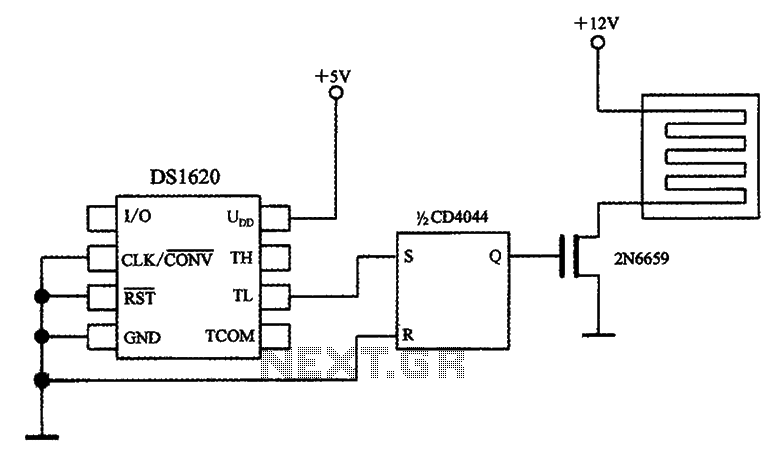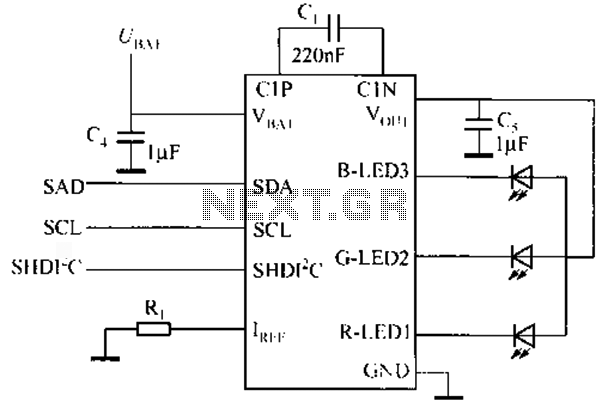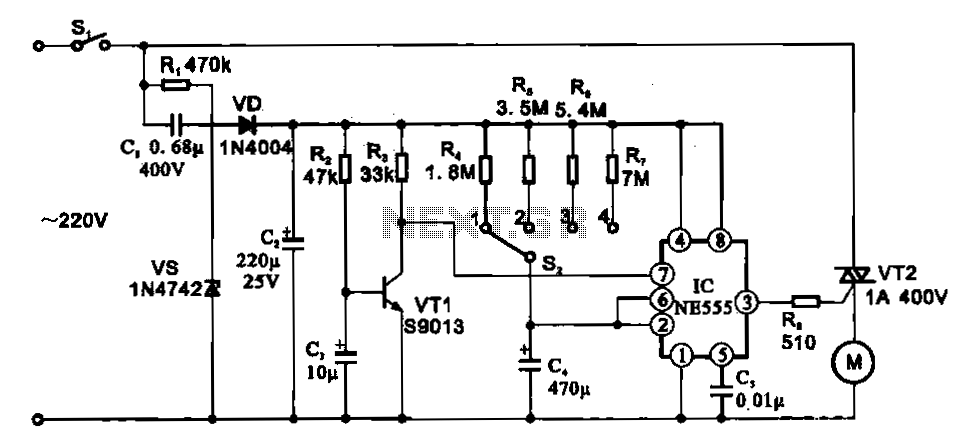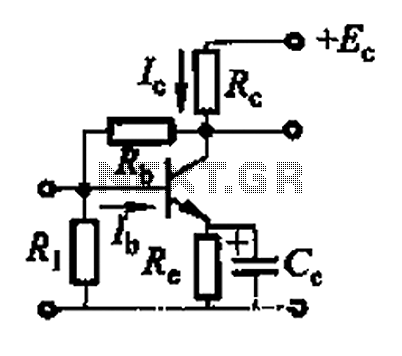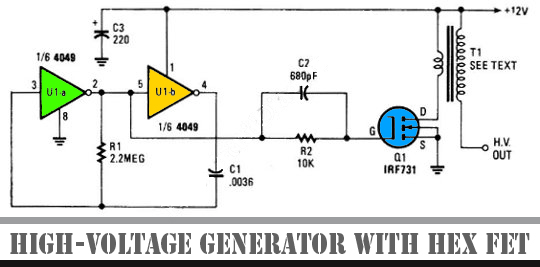
Experiment with Joule thief circuit

The Joule thief circuit is well-known among electronics enthusiasts. It has numerous implementations, but the most common is a very minimalist voltage booster. In the simulation file, a 1.5V battery is attached, which is the voltage of a new alkaline battery. However, this voltage is insufficient to light an LED, depending on the specific LED used.
The Joule thief circuit operates on the principle of boosting low voltage levels to a higher voltage sufficient to power devices such as LEDs. The circuit typically consists of a few essential components: a transistor, a resistor, a transformer (or an inductor), and a diode.
In a standard configuration, the circuit begins with a low-voltage power source, usually a 1.5V battery. The transistor acts as a switch that alternates between on and off states, allowing current to flow through the transformer. When the transistor is turned on, current flows through the primary winding of the transformer, creating a magnetic field. As the magnetic field builds, it induces a voltage in the secondary winding.
Once the transistor is switched off, the magnetic field collapses, which generates a high voltage spike in the secondary winding. This high voltage is then rectified by the diode, allowing it to charge a capacitor or directly power an LED. The output voltage can reach levels significantly above the input voltage, making it possible to light an LED even when powered by a low-voltage source like a single alkaline battery.
The efficiency of the Joule thief circuit is influenced by several factors, including the choice of components, the inductance of the transformer, and the characteristics of the LED. Different LEDs require varying forward voltages to operate, which may affect the circuit's performance. Therefore, careful selection of the LED and optimization of the circuit design are crucial for achieving the desired output.
Overall, the Joule thief circuit exemplifies a practical application of energy conversion in electronics, showcasing how low-voltage sources can be utilized effectively to power devices that require higher voltages.Joule thief circuit is famous among electronics enthusiasts. It has many implementations but probably most common is very minimalist voltage booster based on In simulation file we attached a 1.5V batter. This is the voltage of new Alkaline battery. But it is not enough to light a LED. Depending on different LED. 🔗 External reference
The Joule thief circuit operates on the principle of boosting low voltage levels to a higher voltage sufficient to power devices such as LEDs. The circuit typically consists of a few essential components: a transistor, a resistor, a transformer (or an inductor), and a diode.
In a standard configuration, the circuit begins with a low-voltage power source, usually a 1.5V battery. The transistor acts as a switch that alternates between on and off states, allowing current to flow through the transformer. When the transistor is turned on, current flows through the primary winding of the transformer, creating a magnetic field. As the magnetic field builds, it induces a voltage in the secondary winding.
Once the transistor is switched off, the magnetic field collapses, which generates a high voltage spike in the secondary winding. This high voltage is then rectified by the diode, allowing it to charge a capacitor or directly power an LED. The output voltage can reach levels significantly above the input voltage, making it possible to light an LED even when powered by a low-voltage source like a single alkaline battery.
The efficiency of the Joule thief circuit is influenced by several factors, including the choice of components, the inductance of the transformer, and the characteristics of the LED. Different LEDs require varying forward voltages to operate, which may affect the circuit's performance. Therefore, careful selection of the LED and optimization of the circuit design are crucial for achieving the desired output.
Overall, the Joule thief circuit exemplifies a practical application of energy conversion in electronics, showcasing how low-voltage sources can be utilized effectively to power devices that require higher voltages.Joule thief circuit is famous among electronics enthusiasts. It has many implementations but probably most common is very minimalist voltage booster based on In simulation file we attached a 1.5V batter. This is the voltage of new Alkaline battery. But it is not enough to light a LED. Depending on different LED. 🔗 External reference

